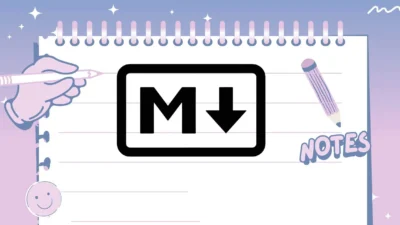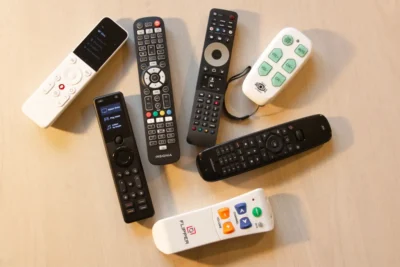Suche
Beiträge, die mit OpenStandards getaggt sind
5 reasons you should use Markdown for documentation and notetaking

A good reminder again about the future-proofed nature of Markdown format notes. They are essentially plain text and will be read my many apps well into the future.
Also true that Markdown’s “shortcuts” for headings, lists, are largely universal, so that as you may switch apps or operating systems you don’t have any different “shortcut” keys to remember.
See https://www.xda-developers.com/reasons-use-markdown-documentation-notetaking
#Blog, #markdown, #notes, #openstandards, #technology
Star Flash is a universal remote control standard because we have too many proprietary remote controls

Too often you have a TV or device where the remote has been lost or broken and there is no easy replacement, or you end up having 5 or 6 different remote controls on the sitting room table. Why, when we have been standardising on USB chargers for many years now?
This is not about having a universal remote control like Harmony used to make (see it is an old problem), but rather having a standard work across the devices that need to be controlled by a single universal remote control.
The standard requires remote controls to allow voice control, and to use one of three means of wireless comms: Bluetooth, infra-red, and Star Flash. This standard reportedly detects which device a user wants to control, makes the connection, and eases the chore of directing a stream from a set-top box to a display.
Device-makers have been told that televisions and set-top boxes must support the standard, and they’ve quickly complied: local media report that Chinese consumer electronics outfit Konka has already delivered the first Smart TV capable of handling the universal remote.
Sometimes a simple idea can make a massive difference to consumers, and this one has been needed a long time ago already.
See https://www.theregister.com/2024/12/16/china_starflash_universal_remotes_standard
#Blog, #openstandards, #remotecontrol, #technology
